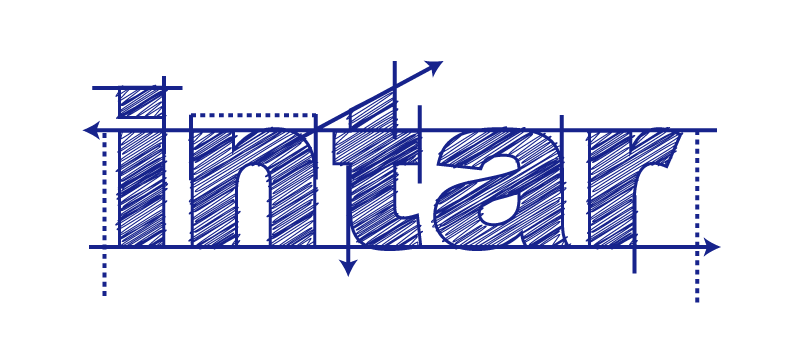Designing a learning program

A learning program is made up of a series of sessions, and is designed to achieve an overall objective, such as the completion of a course or accreditation in a recognised skill.
If the training is 'nationally accredited', the participants are formally assessed in the accredited course or competencies they have undertaken. When they finish the program, they are issued with a statement of attainment or a full qualification, depending on how many units of competency they have successfully completed.
Note that not all learning programs deal with nationally accredited training. Many businesses prefer to deliver highly contextualised in-house courses to their employees, rather than having to comply with the requirements of national competency standards.
This allows them to make the course content as focussed and workplace-specific as they like. The company may even issue in-house certificates acknowledging the achievement of the employees, and tie the levels of training to different pay rates or promotional opportunities.
However, to be effective, every learning program needs to be carefully designed, whether it involves accredited training or not. This includes having clear objectives and well-structured plans for meeting those objectives.
Here is a checklist of the main items you should include in a learning program:
- name of the course or program
- accreditation or qualification that participants will receive
- competencies included, and/or topics to be covered
- sequence of delivery for the competencies or topics
- description of who the participants are
- names of the trainers and assessors involved
- training locations, dates and times
- training delivery mode or modes
- cost of the training, if relevant
- equipment, materials and other resources needed
- language, literacy or numeracy skills required
- learning materials or course notes that will be used
- involvement or support that may be needed from other personnel, such as supervisors or key operators of particular machines
- assessment strategies that will be used to assess competence.
Training delivery plans
One way of developing a learning program is to write up a Training delivery plan. Some government-funded training schemes require RTOs to submit a delivery plan with their application for funding. In these cases, the plan needs to comply with a strict set of requirements, and is often completed on a template provided by the department that controls the funding.
Click on the link below to see a sample training delivery plan for the unit of competency: TLIA201A Package goods. Note that this sample document only shows the central features of a typical training plan. In practice, the template plan used by a funding body may include other details relating to specific target groups of learners, eligibility requirements for funding, and so on.

